Notes from ChinaFile
03.10.23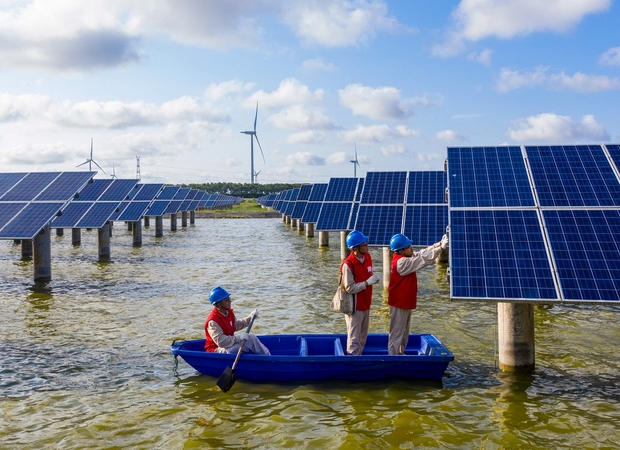
The Future of China’s Climate Policy
With China accounting for more than a quarter of annual global greenhouse gas emissions, the future pathway of China’s emissions will play a central role in determining the extent to which the world can meet the Paris Agreement’s climate change...
Conversation
07.12.21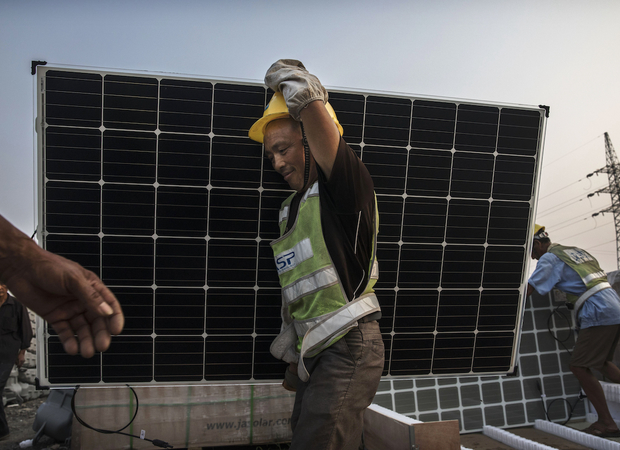
How Should the U.S. Approach Climate Diplomacy with China?
As China continues to emerge as a superpower and move forward with its colossal Belt and Road Initiative amid the climate crisis, American climate engagement with China is more critical than ever. What would an effective climate diplomacy for the U...
ChinaFile Recommends
09.28.17China Gives Carmakers More Time in Biggest Electric-Vehicle Plan
Bloomberg
China unveiled a comprehensive set of emission rules and delayed a credit-score program tied to the production of electric cars, giving automakers more time to prepare for the phasing out of fossil-fuel powered vehicles.
ChinaFile Recommends
06.05.17Turning against Trump: How the Chinese Covered the Climate Pact Exit
New York Times
Mr. Trump’s withdrawal from the Paris agreement gave fresh material to one of the Chinese state media’s favorite propaganda themes: the idea that Western democracy is flawed, chaotic and prone to social strife.
Environment
05.23.17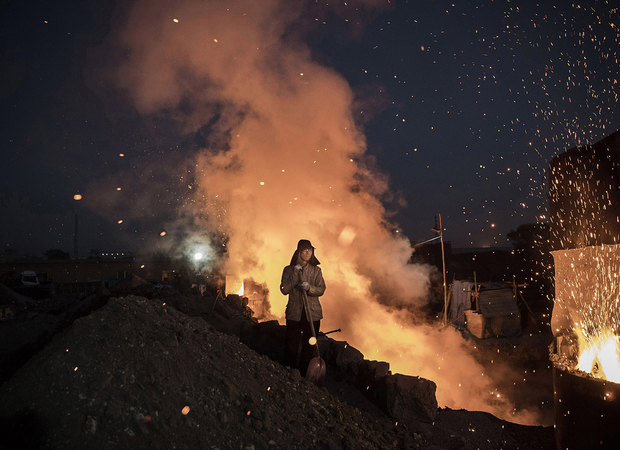
India and China Will Offset Trump’s Climate Backslide
from chinadialogue
With the U.S. likely to fall short of its Paris Agreement pledge to reduce carbon emissions, a new analysis released last week claims that overachievement by India and China will ensure progress on climate action is not stymied.The U.S., the world’s...
ChinaFile Recommends
05.22.17China and India Make Big Strides on Climate Change
New York Times
China’s emissions of carbon dioxide appear to have peaked more than 10 years sooner than its government had said they would. And India is now expected to obtain 40 percent of its electricity from non-fossil fuel sources by 2022, eight years ahead of...
ChinaFile Recommends
04.06.17How Trump Can Help Save Coal—with China’s Help
Politico
Last week, President Donald Trump declared that he would bring back coal jobs, directing the EPA to roll back the Clean Power Plan and other regulations on coal producers.
Conversation
12.09.15
Is China a Leader or Laggard on Climate Change?
As ongoing climate talks wind down at COP21 this week, participants in and observers of the summit in Paris wrote in to share their assessment of the message coming from the official delegation from China, currently the world’s largest emitter of...
ChinaFile Recommends
07.15.15China's Pollution Quagmire
Forbes
China’s efforts to reduce air pollution could be negated by its unregulated and unmonitored burning of petcoke, a fuel dirtier than coal, an expert on Chinese climate and energy policy said.
Environment
07.15.15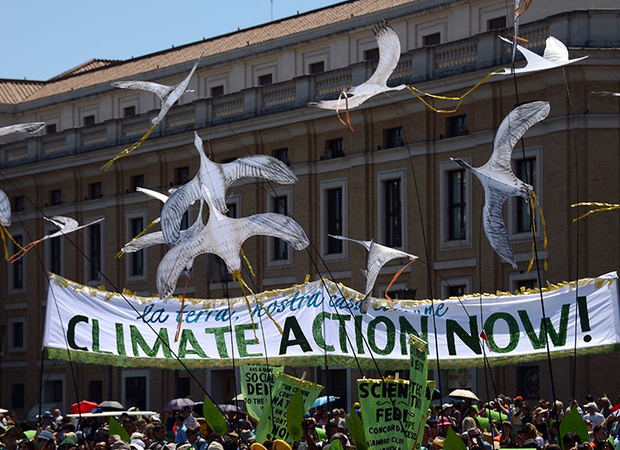
Scientists Call for More Emission Cuts
from chinadialogue
It is still possible to limit average global temperature rise to two degrees Celsius (2˚C) and avoid catastrophic climate change, but the remaining global carbon budget—the amount of carbon that can be safely released into the atmosphere if this...
Conversation
07.08.15
Are China’s Limits on Greenhouse Gas Emissions Meaningful?
Last week, Premier Li Keqiang said China would cut its “carbon intensity”—the amount of carbon dioxide emitted per unit of GDP—to 60-65 percent of 2005 levels by 2030. Visiting Paris, the site in September of the United Nations Climate Change...
Environment
07.01.15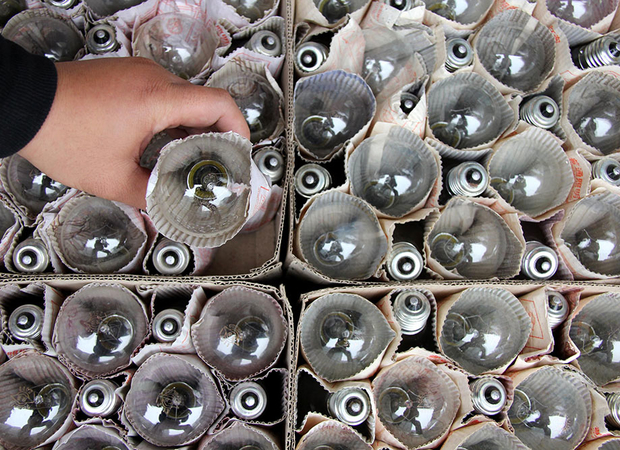
China Deepens Planned Cuts to Carbon Intensity
from chinadialogue
China has mapped out how it will try and peak greenhouse emissions by 2030 or before, details that could have a major bearing on U.N. climate talks aimed at delivering a deal in Paris later this year.The world’s largest emitter of greenhouse gases “...
Reports
06.08.15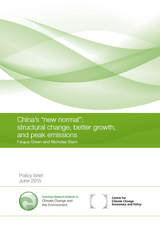
China’s “New Normal”: Structural Change, Better Growth, and Peak Emissions
American Enterprise Institute for Public Policy Research
China has grown rapidly—often at double-digit rates—for more than three decades by following a strategy of high investment, strong export orientation, and energy-intensive manufacturing. While this growth lifted hundreds of millions out of poverty,...
Reports
04.01.15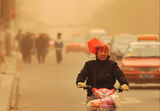
Can Carbon Taxes be Good for China and the United States?
Paulson Institute
One way that China may meaningfully control its emissions is through the recent idea of a national carbon permit trading system, building on its carbon permit pilot programs. In China’s case, the internal debate about promulgating these actions...
Reports
02.25.15
Double Impact
Paulson Institute
This paper makes the case for establishing a national CO2 price in China as soon as possible. End-of-pipe pollution control technologies—a core component of China’s Air Pollution Action Plan (APAP)—can address local air pollution but not CO2...
Viewpoint
11.21.14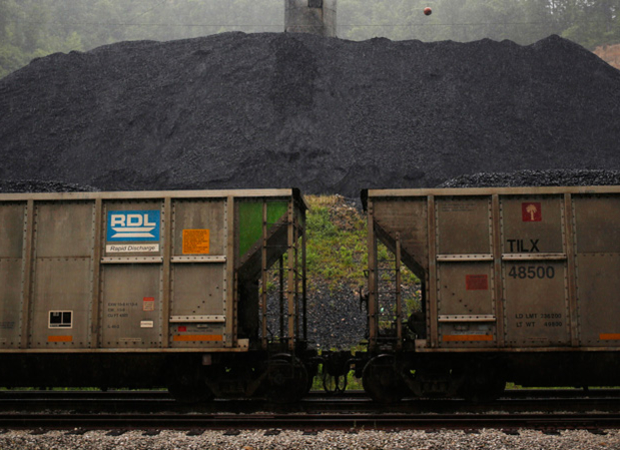
What Will Make the U.S.-China Climate Deal Work
Nearly everyone agrees that the U.S.-China climate announcement is a big deal, but most observers have overlooked what truly makes it a game-changer: if the world’s two climate change superpowers limit their greenhouse gas emissions, it will have...
Conversation
11.19.14
Was the U.S.-China Climate Deal Worth the Wait?
Last week, Ann Carlson and Alex Wang, environmental experts at UCLA Law School, called the November 12 U.S.-China Joint Announcement on Climate Change "monumental." "No two countries are more important to tackling the problem than the...
Viewpoint
11.14.14
The Domestic Politics of the U.S.-China Climate Change Announcement
The news from Beijing this week that the U.S. and China are committing to ambitious goals on climate change is, we think, monumental. No two countries are more important to tackling the problem than the largest carbon emitter over the past two...
ChinaFile Recommends
10.06.14A Chinese Artist Confronts Environmental Disaster
New Yorker
What were all these sick animals—lions, wolves, camels, monkeys, gazelles, pandas, and zebras—doing on this dilapidated Chinese fishing boat, sailing past the famous frieze of colonial banks, trading houses, and clubs that make up Shanghai’s Bund?
Conversation
09.19.14
China and Climate Change: What’s Next?
Climate Week at the United Nations General Assembly is upon us and we asked a group of experts to bring us up-to-date about the areas where progress on climate change looks most possible for China, now the world's largest emitter of greenhouse...
Environment
06.27.14Germany’s Renewables Paradox a Warning Sign for China
from chinadialogue
From the hay field behind his house, Gunter Jurischka points out the solar panels glittering from the town’s rooftops and the towering wind turbines spinning lazily on the horizon.Thanks to Germany’s now famous Energiewende (or “energy transition”)...
Environment
01.15.14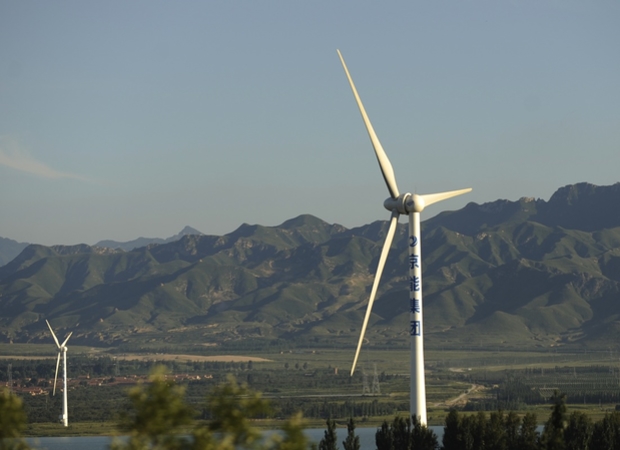
Why Low-Carbon Innovation Matters
from chinadialogue
It came as little surprise when Beijing’s environmental authorities reported in early January last year that the capital’s levels of PM2.5 (a measure of air pollution) were more than double the national standard. The past year saw no end to the smog...
Environment
05.28.13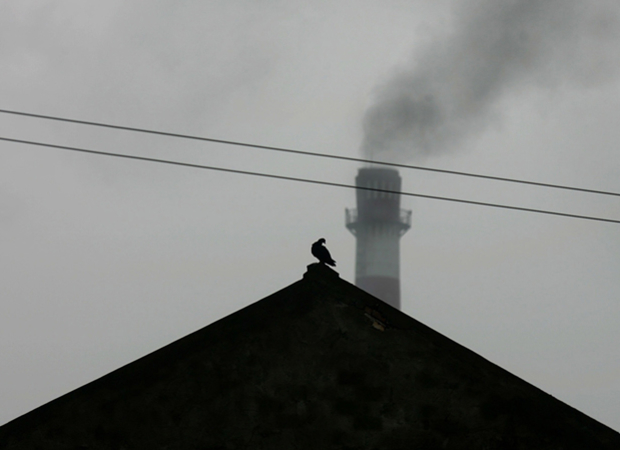
How China Can Kick-start Carbon Capture and Storage
from chinadialogue
China’s estimated total carbon dioxide emissions reached 25 percent of global emissions in 2011 and they continue to grow rapidly—so rapidly, in fact, that the increase in China’s emissions over an eight-month period is...
Environment
02.14.13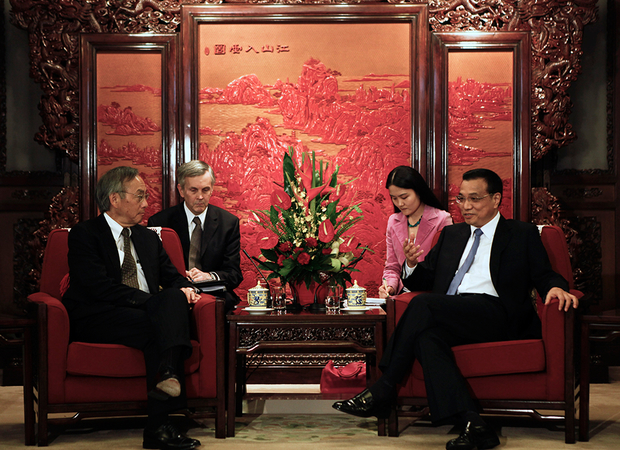
A Progress Report on U.S.-China Energy & Climate Change Cooperation
In his second inaugural address, President Barack Obama committed to confronting climate change, stating, “The path towards sustainable energy sources will be long and sometimes difficult. But America cannot resist this transition; we must lead it...
Environment
11.15.12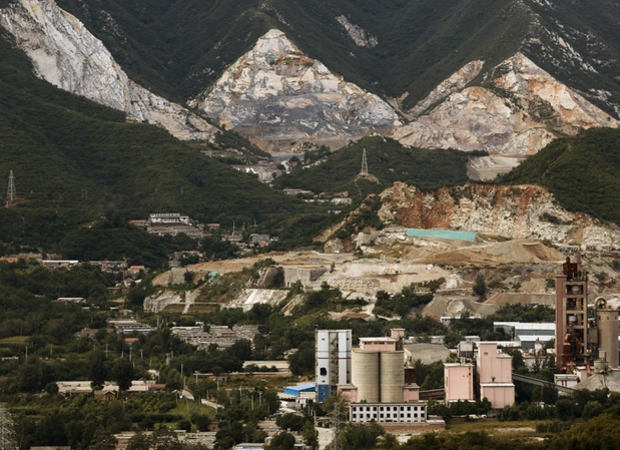
China’s Low-Carbon Zones Lack Motivation, Guidance, and Ideas
from chinadialogue
None of China’s so-called low-carbon industrial zones currently live up to the name. That’s the conclusion to draw from the work of the U.S. Institute for Sustainable Communities (ISC), which this year released a guide for the development of green...
Environment
08.09.12
Data Gaps Hobble Carbon Trading
from chinadialogue
Late last October, China’s top economic planning body—the National Development and Reform Commission—instructed the cities of Beijing, Tianjin, Shanghai, Chongqing, and Shenzhen, plus Hubei and Guangdong provinces, to get ready to run carbon-trading...
Caixin Media
07.11.12
Economic Ties that Bind
Labor leader Wayne Swan has his finger on the pulse of the Australian economy as the nation’s deputy prime minister and treasurer, which means he’s well-equipped to explain factors defining the increasingly robust relationship between China and...
Reports
05.03.12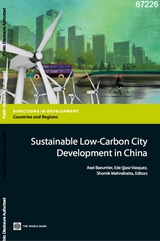
Sustainable Low Carbon City Development in China
World Bank
By embarking on a low-carbon growth path, China’s cities can help reach the country’s targets for reducing the energy and carbon intensity of its economy, and become more livable, efficient, competitive, and ultimately sustainable. Cities contribute...
Environment
01.01.12
China’s Rising Consumer Class Sparks Climate Change Fears
TUOJIA VILLAGE, China—When you think about China’s growing greenhouse gas emissions, you probably don’t think of people like Zhang Chao or his father Zhang Dejun. Zhang Chao, a thirty-five-year-old middle school teacher living in small city in...
Reports
11.01.10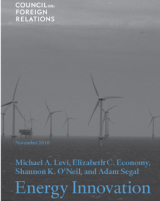
Energy Innovation
He Jianan
Council on Foreign Relations
Low-carbon technology innovation and diffusion are both essential aspects of an effective response to climate change. Studying China, India, and Brazil, the authors of this report examine how innovation in low-carbon technologies occurs and how the...
Reports
06.01.10
Game-Changing China: Lessons from China about Disruptive Low Carbon Innovation
Nesta
Big hydro, big solar photovoltaic, and big wind—these are the usual focus of accounts of low-carbon technologies in China. But a very different type of innovation—ranging from a farm cooperative in Yunnan, to woodchip and corn pellets in rural...
Reports
05.21.10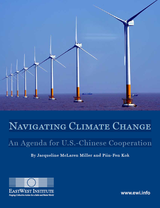
Navigating Climate Change: An Agenda for U.S.-Chinese Cooperation
EastWest Institute
This paper focuses on two areas that pose the biggest obstacles to progress in bilateral and multilateral efforts to address climate change concerns: the trade-off between emission caps and development goals; and technology transfer and intellectual...
Reports
04.01.10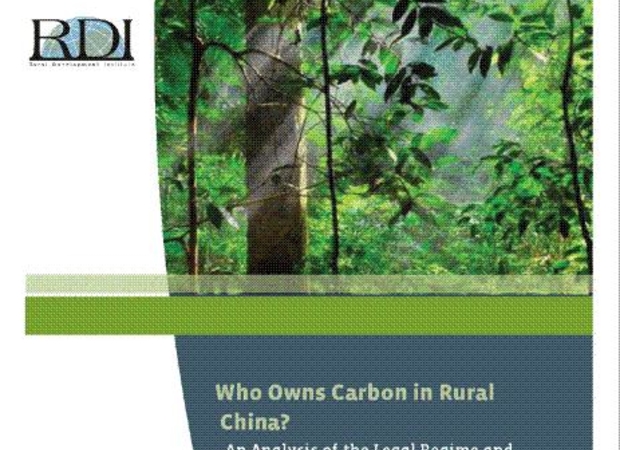

Who Owns Carbon in Rural China?
He Jianan
Landesa
Despite decades of rapid economic growth in China, rural areas remain largely undeveloped. Rural China is home to more than 195 million hectares of forestland—the equivalent of around 5 billion tons of carbon. Rights to forestland are either 1)...
Reports
11.01.09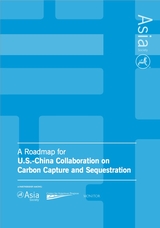
A Roadmap for U.S.-China Collaboration on Carbon Capture and Sequestration
Asia Society
The United States and China are the world's largest greenhouse gas emitters. Collaboration between the two nations, therefore, offers the greatest opportunity for achieving meaningful reductions in global greenhouse gas emissions. The time is...
Reports
01.01.09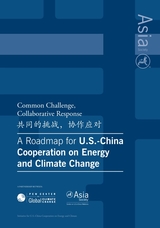
A Roadmap for US-China Cooperation on Energy and Climate Change
Asia Society
The world faces no greater challenge in the 21st century than arresting the rapidly increasing accumulation of greenhouse gases in the atmosphere that cause climate change. The two largest producers of these gases are the United States and China...



